Featured Member: Gerry Coe
What kind of photography do you do? This website is all about my iPhone photography. I have just recently received from the British Institute of Professional Photographers a fellowship (the…
What kind of photography do you do? This website is all about my iPhone photography. I have just recently received from the British Institute of Professional Photographers a fellowship (the…
What kind of photography do you do? Landscape, Macro, Nature, Skyscapes (recently after photographing the Milky Way Galaxy) Story behind this image: On the way to work one day I…
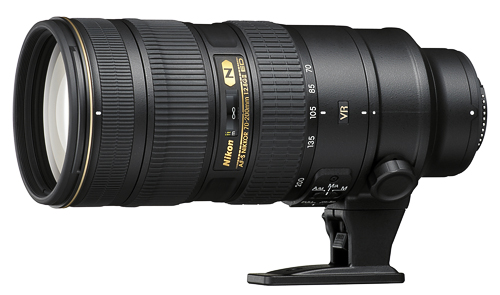
The preferred “workhorse” among many professional photographers since 2003, Nikon’s AF-S 70-200mm f/2.8G ED VR model was also my favorite lens in the Nikkor series. It was just about perfect in all aspects, except for some slight corner softness at wide apertures with a full-frame digital SLR. Some reviews also mentioned less than ideal flare control, but frankly, that was nit-picking. In any event, Nikon has replaced that earlier model with a new VR II-designated version boasting a superior optical design, more effective VR stabilizer plus some other benefits.
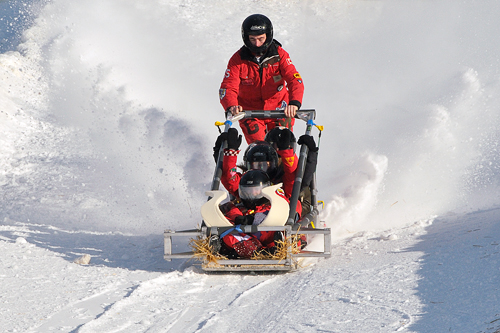
An f/2.8 lens is desirable for several reasons. The very wide maximum aperture allows for faster shutter speeds than the more typical f/4.5-5.6 zooms. That’s valuable in low light or action photography, allowing us to use lower ISO levels for superior image quality. A maximum aperture of f/2.8 also allows more light to reach the AF sensor for faster autofocus. And AF is maintained even when a 1.4x or 2x teleconverter is used. Granted, this 70-200mm f/2.8 lens is very large and heavy, but it’s built to tolerate pro-level abuse and it’s also dust- and moisture-resistant. (more…)
Peter Burian tests five lenses with great light gathering ability: the Canon EF 70-200mm f/4L IS USM, Tamron AF 70-200mm f/2.8 Di LD (IF) Macro, Tokina AF 50-135mm f/2.8 AT-X Pro DX, Nikon 17-55mm f/2.8G ED-IF AF-S DX and the Sigma AF 30mm f/1.4 EX HSM DC
Because most digital SLR camera owners demand compact, lightweight lenses, the vast majority of zooms feature a small maximum aperture. A typical kit lens is designated as f/3.5-5.6 indicating that the maximum aperture is quite small at the short end and becomes very small at longer focal lengths. In practical terms, that translates to moderate light gathering ability. The larger the numeral the smaller the opening in the lens and the less light that will reach the camera’s digital sensor.
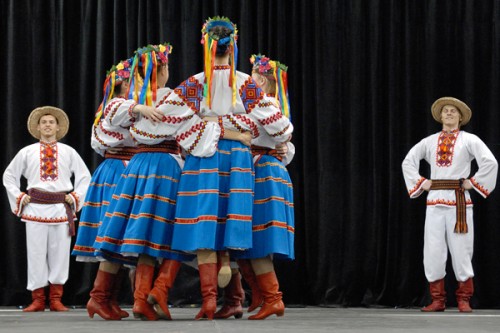
Peter Burian tests this remarkably fast, rugged professional DSLR with full frame sensor and over-sized pixels for stunning image quality
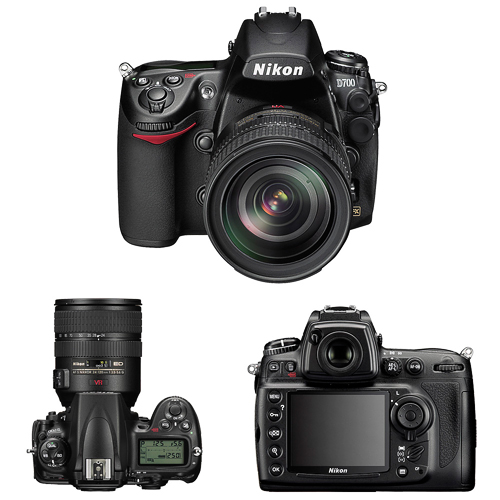
Combining the best features and technology of the D3, the Nikon D700 is far more compact/affordable and 9.6 ounces lighter. This new professional model shares the fast EXPEED processor and full-frame 12.1 megapixel CMOS chip and it’s nearly a rugged as the D3 thanks to a weather-resistant magnesium alloy body. The primary differences are a slower (but still fast 5fps ) continuous drive speed, reduced viewfinder coverage (95% vs. 100%) and only a single CompactFlash card slot. But the D700 gains a built-in flash (great for wireless remote flash control) and an automatic sensor cleaner. Add the optional MB-D10 battery grip and it can fire long bursts at a blazing 8fps.
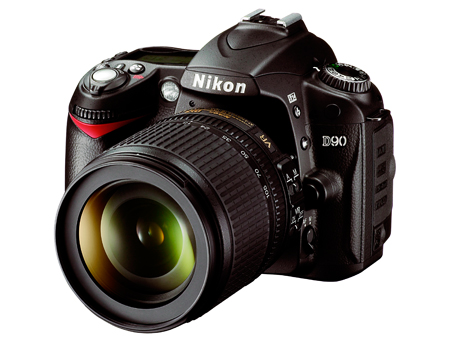
Similar in many respects to the 10.2 megapixel D80, the Nikon D90 is even more desirable since it benefits from technology developed for the semi-professional DSLRs. The primary improvements include a 12.3 megapixel CMOS (not CCD) sensor and upgraded processor, larger 3-inch LCD with ultra-high 920,000 point resolution and Live View with three distinct autofocus modes. Other benefits include faster 4.5fps continuous drive speed (vs. 3fps) an automatic sensor cleaner, plus some valuable new features in capture mode and in Playback mode (for image retouching.)

So, my friend J.D. and I are up photographing along the South Fork of Bishop Creek in the Eastern Sierra. It’s autumn, there’s excellent color in the aspens in the valley, and we’ve scouted the area the previous day to estimate when last light will fall on the aspens. We arrive ten or fifteen minutes before, set up our tripods, find our compositions, and casually embrace the “If it looks good, shoot it….” rule, shooting as we chat and watch the shadow of the valley wall creep towards the edge of our compositions.
That last moment approaches, and just then…. (more…)